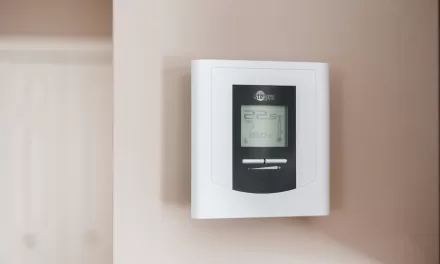A large-scale study involving 35,000 children from eight countries has revealed a significant connection between living in greener neighborhoods and improved lung function. The research, led by the Barcelona Institute for Global Health (ISGlobal), has been published in the journal Environment International.
The study utilized data from 10 European birth cohorts spanning Denmark, France, Italy, Lithuania, Norway, the Netherlands, Spain, and the UK, conducting a meta-analysis at the individual level. This comprehensive assessment examined the impact of green space exposure during pregnancy and early childhood (ages 3 to 12).
Methodology
To measure exposure to green spaces, researchers employed the Normalized Difference Vegetation Index (NDVI), an index derived from satellite imagery to estimate vegetation levels within a 300-meter radius of each participant’s residence.
Lung function was evaluated using spirometry tests, focusing on forced vital capacity (FVC) and forced expiratory volume in one second (FEV1). FVC measures the maximum amount of air exhaled after a deep breath, while FEV1 assesses the volume of air exhaled in the first second of forced breathing.
Key Findings
The statistical analysis revealed that children residing in greener areas exhibited better lung function, characterized by higher FVC and FEV1 values. Conversely, children living further from green spaces demonstrated lower lung volumes (FVC). The positive association between green neighborhoods and lung function was consistent across socioeconomic statuses but was particularly pronounced in children from higher socioeconomic backgrounds. Amanda Fernandes, the study’s first author and ISGlobal researcher, noted that families with higher education or income might access higher-quality, safer, and better-maintained green areas.
Potential Mechanisms
The study also investigated the impact of maternal residential greenness during pregnancy on respiratory health, finding no significant association. This suggests that the beneficial effects of green spaces on lung function likely occur during childhood.
“Our understanding of how green spaces affect lung function is still incomplete,” said Fernandes. “We know that green spaces reduce air pollution, which in turn affects respiratory health. We also believe that green spaces may expose children to beneficial microbiota, contributing to immune system development and indirectly influencing lung function. Additionally, green spaces likely provide play areas that encourage physical activity during critical lung development stages.”
Implications for Urban Planning
Martine Vrijheid, the study’s lead author and co-director of the Environment and Health over the Lifecourse program at ISGlobal, emphasized the importance of integrating green spaces into urban environments for better respiratory health in children. “If city configuration contributes to inequality, urban planning that consciously alleviates inequity is crucial,” she stated.
Broader Health Outcomes
The research also explored associations between green spaces and other health outcomes, such as respiratory, cardiometabolic, and neurodevelopmental conditions, but found no other significant connections.
This study was conducted within the EU Child Cohort Network as part of the European Union-funded LifeCycle, EUCAN-Connect, and ATHLETE projects, utilizing a harmonized data analysis platform. Participating cohorts included Amsterdam Born Children and their Development (Netherlands), Avon Longitudinal Study of Parents and Children (UK), Born in Bradford (UK), Copenhagen subset of the Danish National Birth Cohort (Denmark), Etude des Déterminants du développement et de la santé de l’Enfant (France), Generation R Study (Netherlands), Infancia y Medio Ambiente (Spain), Kaunas Birth Cohort (Lithuania), Norwegian Mother, Father and Child Cohort Study (Norway), and Nascita e INFanzia: gli Effetti dell’Ambiente (Italy).












